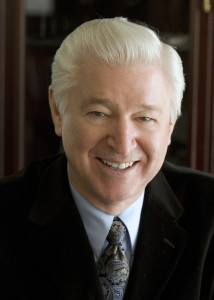Our field is full of good ideas, strategies that work. Each year, practitioners and agencies devote considerable time and resources to staying current with new developments. What does the research say about such efforts? When it comes to the implementation of new, evidence-based practices, traditional training strategies routinely produce only 5% to 30% success rates. Said another way, 70-95% of training fails (Fixsen, Blase, Van Dyke, & Metz, 2013).
In 2013, Feedback Informed Treatment (FIT)–that is, formally using measures of progress and the therapeutic alliance to guide care–was deemed an evidence-based practice by SAMHSA, and listed on the official NREPP website. It’s one of those good ideas. Research to date shows that FIT as much as doubles the effectiveness of behavioral health services, while decreasing costs, deterioration and dropout rates.
As effective as FIT has proven to be in scientific studies, the bigger challenge is helping clinicians and agencies implement the approach in real world clinical settings. Simply put, it’s not enough to know “what works.” You have to be able to put “what works” to work. On this subject, researchers have identified five, evidence-based steps associated with the successful implementation of any evidence-based practice. The evidence is summarized in a free, manual available online. You can avoid the 70-95% failure rate by reading it before attending another training, buying that new software, or hiring the latest consultant.
At the International Center for Clinical Excellence, the research on implementation is integrated into all training events as well as The Feedback Informed Treatment and Training Manual. Based on the scientifically-established steps, clinicians, supervisors, and agency directors learn how to both plan and execute a successful implementation of this potent evidence-based practice.

